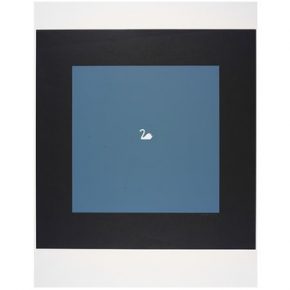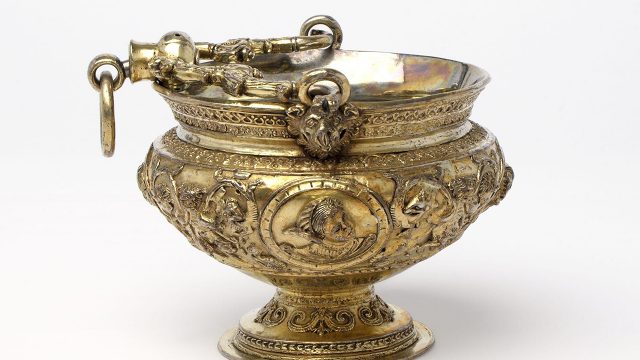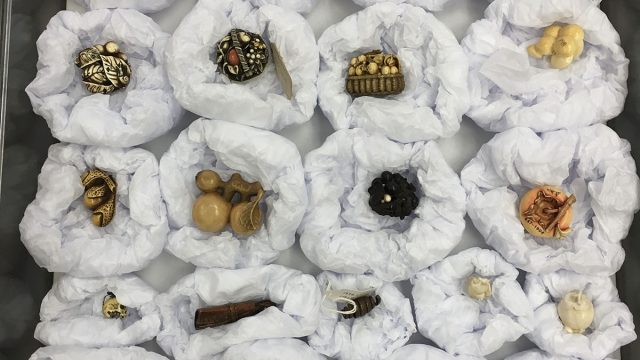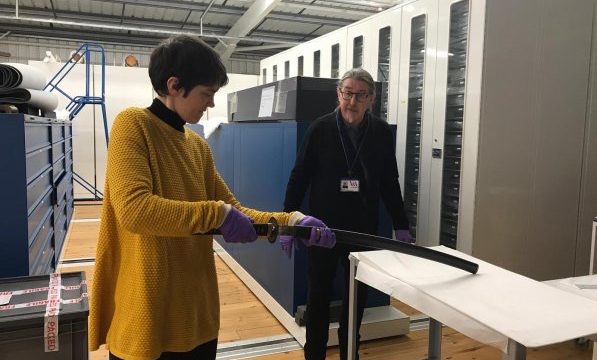
Show stopping blockbusters and plush refurbished galleries give the visitor to the V&A the impression of the swan gliding on the lake. Ever wandered what you don’t see? You might have heard the expression ‘back of house’ and maybe thought about Conservators, Technicians, Photographers and Cataloguers beavering away behind those pesky doors with the frosted glass. How do they juggle everything they do? You only have to look at the ‘What’s on’ pages to get an idea of the sheer volume of exhibitions, displays and new galleries. Back of house we call it the ‘Public Programme’ not without an element of foreboding.
So my team of three is trying to help with planning this work. Of course, Planning has always been done but we want to help get a longer term view of things and make it all more transparent. As the public programme takes shape the teams that manage the collections need the tools to demonstrate its implications both in terms of workload and cost, but we also want our planning data to help inform decisions made about future exhibitions and projects at a much earlier stage. Conservation and collections management teams never fail to pull out all the stops. The existing culture is that an exhibition or gallery will open on time no matter what and that will never change. If there is cultural change a foot in the way we plan our resources, it’s as much about working sustainably as it is about using new tools and a more holistic view of project management. Like everyone else, the museum is trying to do more with less money.
When we think about planning ahead, one of the biggest hurdles is trying to estimate how long the work will take. It takes time to look at all the objects pegged for an exhibition and work out what kinds of conservation treatments are needed. Object lists can be changed late in the day and it takes time for technicians to make new mounts for example. In a plan guestimates may have to suffice when the object list is changing, but the data forms a picture. The picture will come in to focus and help inform the decisions being made. A phrase I often hear is that problems with workload shouldn’t be solved at the bench, we should have better sight of potential future problems.
Another cultural change that we’re starting to see is skills sharing. Conservators, technicians and photographers are highly skilled and trained. For Conservation there are ethical issues about who undertakes specialist intervention on highly prized objects. But what about tasks that fall in between the accepted roles of the Conservator and the technician? Departments have historically seen themselves as quite separate. We want to open lines of dialogue so that departments can better understand what they need from each other. More than anything we hope that the changes we are advocating are of real benefit to the people we work with.



